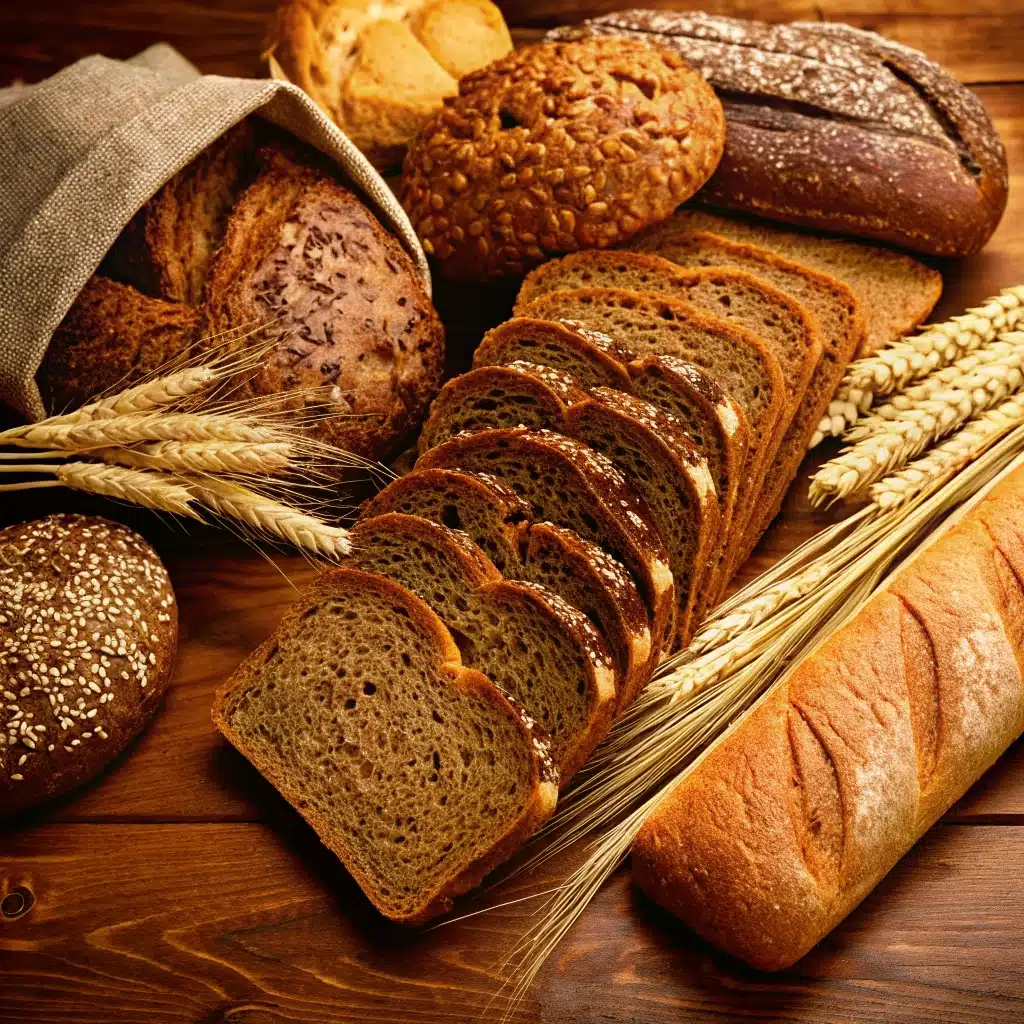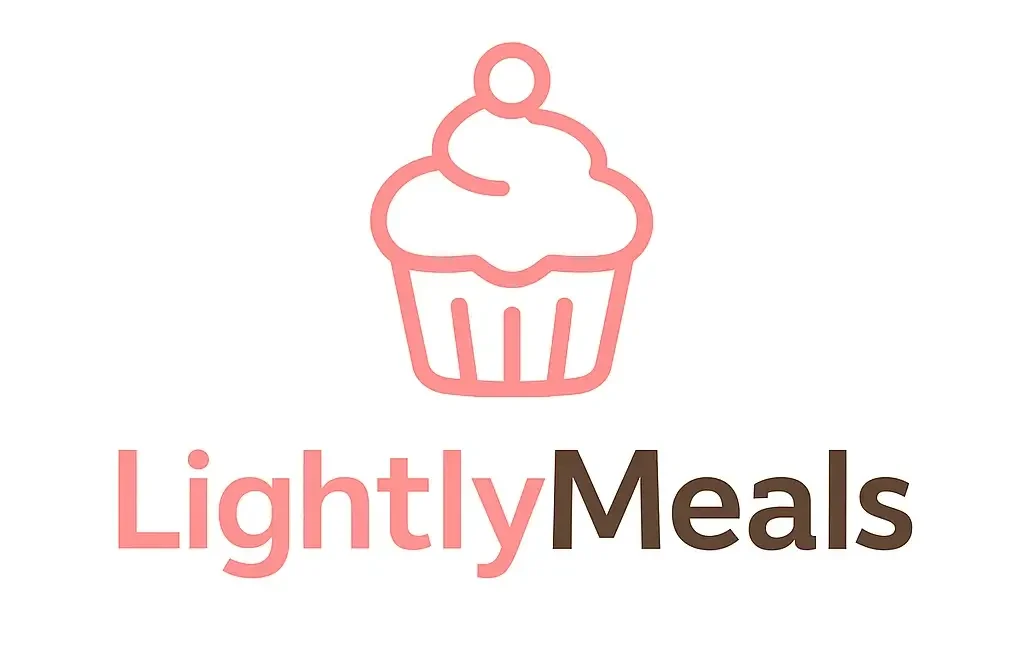The rise of gluten free bread is more than just a trend—it’s a lifestyle shift embraced by millions worldwide. People with celiac disease, gluten intolerance, or those who simply prefer healthier eating habits are all looking for better bread options. But here’s the good news: gluten free bread is no longer bland or dense. Today, bakers and food lovers are creating loaves that are just as soft, flavorful, and versatile as traditional bread.
In this complete guide, we’ll explore everything you need to know about gluten free bread, from its health benefits and key ingredients to baking tips, mistakes to avoid, and even the best recipes to try at home. Along the way, we’ll connect you to unique recipes like Croissant Sourdough Bread, Low FODMAP Sourdough Bread, and Protein Sourdough Bread that showcase just how exciting gluten free bread can be.
Table of Contents

What Is Gluten Free Bread?
Gluten free bread is bread made without wheat, rye, or barley—all grains that naturally contain gluten. Instead, it’s crafted with gluten-free flours like rice flour, almond flour, buckwheat flour, coconut flour, or quinoa flour. These flours give the bread a unique texture and flavor profile.
For those living with celiac disease, eating traditional bread can cause serious digestive and immune reactions. For others, cutting gluten may help with bloating, fatigue, and inflammation. This is why gluten free bread has become one of the most popular dietary staples in modern kitchens.
Why Choose Gluten Free Bread?
Health Benefits
- Digestive Relief – Reduces bloating, cramps, and gut discomfort for sensitive individuals.
- Nutritional Alternatives – Gluten free flours can be high in protein, fiber, and healthy fats.
- Energy and Focus – Many people report improved mental clarity when switching to gluten free bread.
- Better Variety – From sourdough to multigrain, the gluten free bread market is more creative than ever.
Lifestyle Choices
Even people without celiac disease are choosing gluten free bread to feel lighter, improve digestion, or follow wellness trends. It has become part of vegan, paleo, keto, and low-FODMAP diets.
Key Ingredients for Gluten Free Bread
Baking isn’t as simple as swapping wheat flour with a single alternative. The magic lies in combining the right ingredients:
- Alternative Flours: rice, almond, coconut, buckwheat, sorghum, quinoa.
- Starches: tapioca, potato, or corn starch for elasticity.
- Binders: xanthan gum, guar gum, psyllium husk—these mimic gluten’s binding power.
- Leavening Agents: yeast and baking powder ensure rise.
- Liquids and Fats: eggs, olive oil, or butter add moisture and richness.
👉 Check out how unique flours shine in recipes like Organic Sourdough Bread and Multigrain Sourdough Bread.
Popular Gluten Free Bread Recipes to Try
Basic Everyday
Soft and fluffy, this loaf is ideal for toast, sandwiches, or everyday meals.
Specialty Gluten Free Sourdoughs
- Croissant Sourdough Bread – flaky and buttery with a sourdough twist.
- Low FODMAP Sourdough Bread – perfect for sensitive stomachs.
- Blueberry Sourdough Bread – a fruity, sweet variation.
- Protein Sourdough Bread – ideal for fitness enthusiasts.
- Keto Sourdough Bread – combines keto principles with the goodness of sourdough.
Classic Variations
- Frozen Sourdough Bread – a convenient way to always have gluten free bread ready.
- Whole Foods Sourdough Bread – organic and nutritious.
- Sourdough French Bread – a crusty, artisan-style loaf.
Store-Bought Bread – What to Look For
While homemade gluten free bread offers the freshest taste, store-bought options can be excellent for convenience. When shopping:
- Check for short ingredient lists.
- Avoid excess sugar and preservatives.
- Look for added nutrients (fiber, protein, fortified vitamins).
- Test texture—good loaves stay soft and moist without crumbling.
Tips for Baking bread at Home
Baking gluten free bread can feel tricky at first, but these tips guarantee success:
- Hydrate your dough – gluten free flours absorb more water.
- Don’t skip binders – psyllium husk or xanthan gum is essential.
- Be patient with proofing – allow enough time for the dough to rise.
- Use smaller pans – helps control density.
- Experiment with flour blends – balance flavor, texture, and nutrition.
Common Mistakes to Avoid
Using only one type of flour (results in poor texture).
Forgetting binders (bread crumbles easily).
Baking too long (leads to dry bread).
Expecting it to behave like wheat bread (different science, different results).
For more fun variations and ideas, check out our Facebook and Pinterset sections where creativity meets craving.
FAQs About Gluten Free Bread
What exactly does gluten-free mean?
Gluten-free means that a food contains no gluten, the protein found in wheat, rye, and barley. For people with celiac disease, gluten triggers an autoimmune reaction that damages the small intestine. For others with gluten intolerance or sensitivity, it can cause bloating, cramps, fatigue, or brain fog. A gluten-free diet focuses on alternatives such as rice, corn, quinoa, almond flour, or buckwheat
Is sourdough bread gluten-free?
Traditional sourdough bread made with wheat flour is not gluten-free, because it still contains gluten. However, sourdough fermentation breaks down some gluten proteins, making it easier to digest for certain people. For those with celiac disease, only certified gluten free sourdough bread is safe. Recipes like Low FODMAP Sourdough Bread or Keto Sourdough Bread are excellent gluten-free alternatives.
What is the point of gluten-free bread?
The main point of gluten free bread is to provide a safe, healthy alternative for people who cannot eat gluten. Beyond medical reasons, many choose gluten-free bread for:
Digestive comfort (less bloating, easier digestion).
Nutritional benefits, since many gluten-free breads are made with whole-grain or nut flours.
Dietary flexibility, fitting into paleo, keto, vegan, or low-FODMAP lifestyles.
In short, gluten-free bread makes it possible for everyone to enjoy the pleasure of bread—without the discomfort gluten can cause.
Conclusion
The world of gluten free bread has expanded far beyond bland, dense loaves. Today, it includes artisanal sourdoughs, fruity variations, keto-friendly options, and even protein-packed loaves. Whether you’re baking at home or choosing store-bought, offers endless possibilities for flavor and nutrition.
By exploring recipes like Croissant Sourdough Bread, Low FODMAP Sourdough Bread, or Keto Sourdough Bread, you’ll see just how creative this journey can be. it’s a movement redefining how we eat bread.

1 thought on “The Ultimate Guide to Gluten Free Bread”